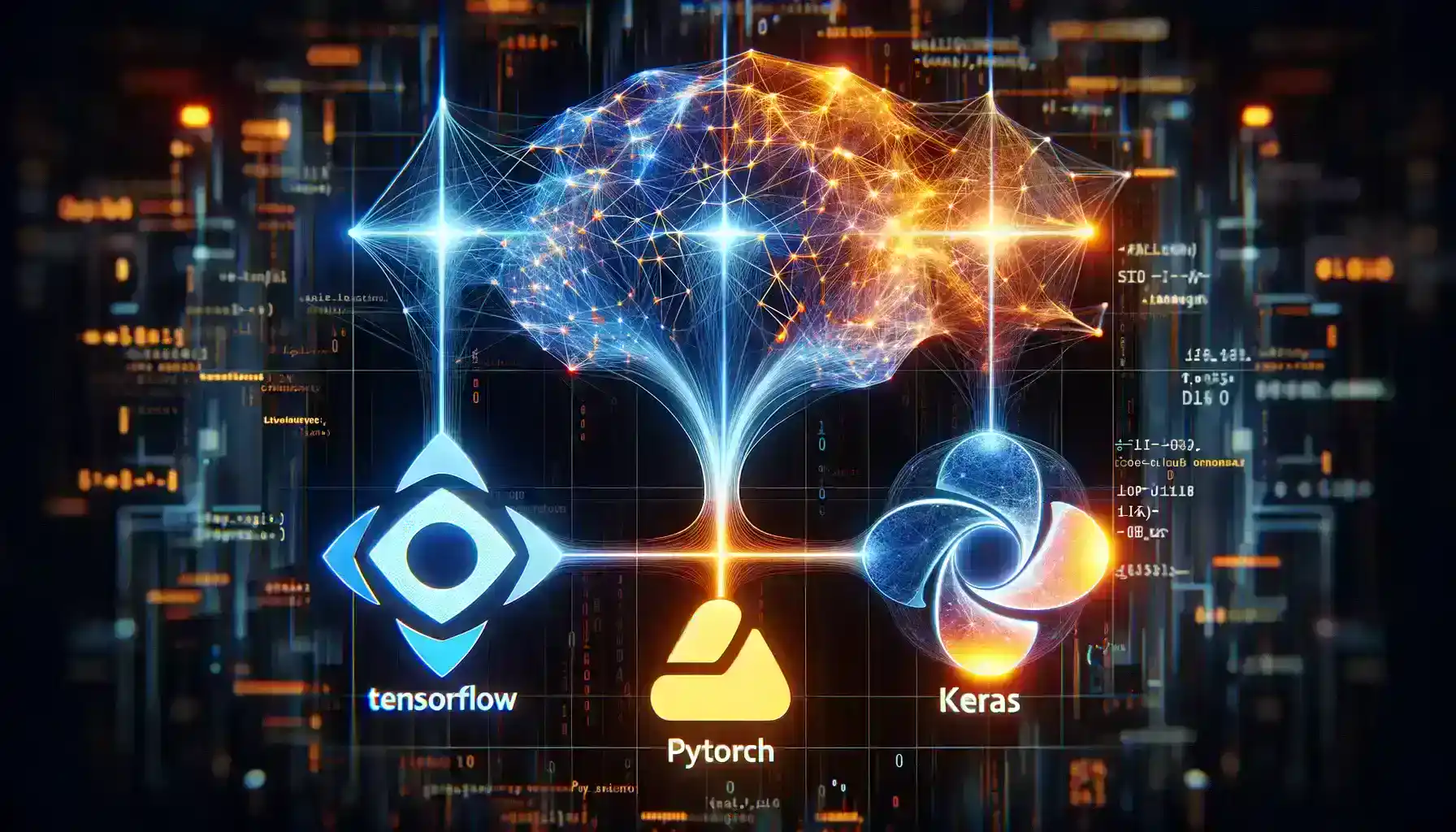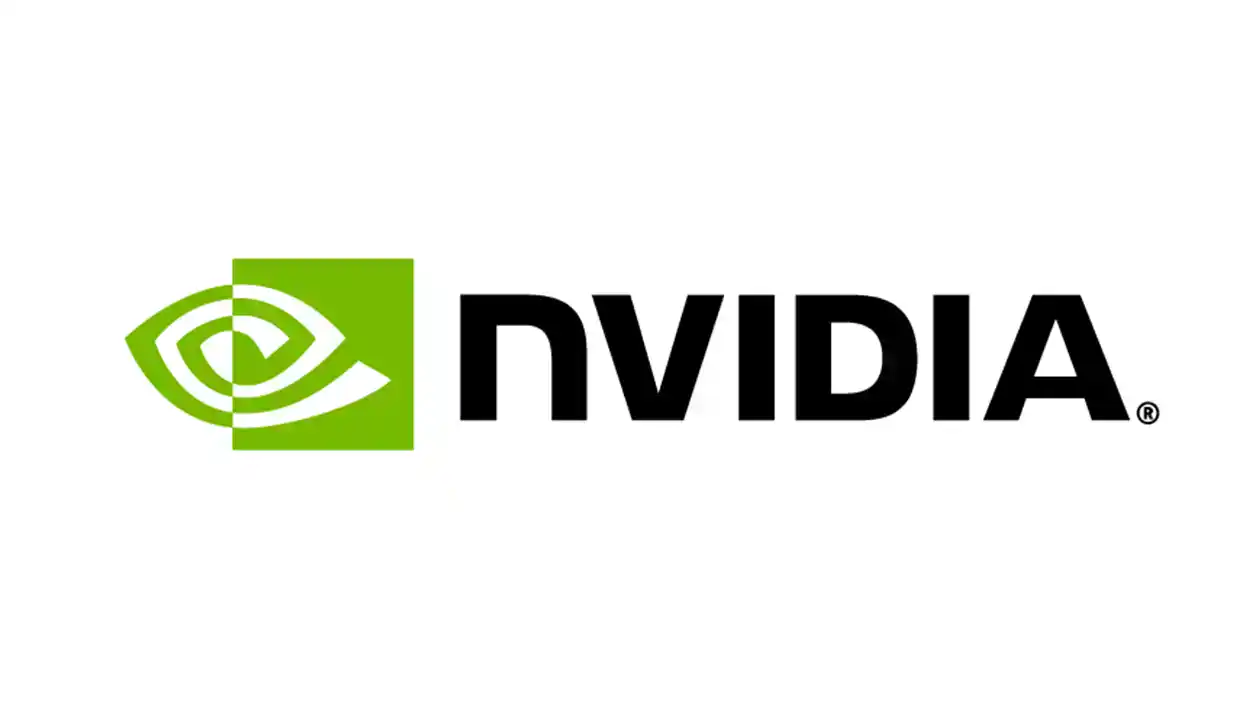Table of Contents
Introduction:
Deep learning, a subset of machine learning, has undergone a remarkable evolution, transforming from a conceptual framework to a technological powerhouse. Its journey, marked by breakthroughs and paradigm shifts, has not only shaped the landscape of artificial intelligence but also revolutionized the way machines perceive, learn, and interact with the world. In this historical exploration, we will traverse the milestones of deep learning, from its nascent stages grappling with computational limitations to the current era of sophisticated algorithms, massive datasets, and real-world applications that redefine the boundaries of what AI can achieve.
1. The Birth of Neural Networks (1943-1950s):
The concept of artificial neurons, conceptualized by Warren McCulloch and Walter Pitts in the 1940s, marked a transformative phase in the evolution of artificial intelligence. Their groundbreaking proposal aimed to replicate the intricate functioning of the human brain through a mathematical model. This model, inspired by the neural connections in the human nervous system, laid the foundational groundwork for what we now recognize as neural networks.
However, the ambitious vision of McCulloch and Pitts faced formidable challenges in the form of computational constraints prevalent during this era. The computing technology of the time struggled to cope with the complex computations required to simulate the behavior of artificial neurons effectively. The nascent field of neural networks remained confined to theoretical exploration, with the practical implementation awaiting the advancements in computing power that would come in subsequent decades.
2. The Perceptron and the AI Winter (1950s-1970s):
The landscape of artificial intelligence witnessed a notable development with the introduction of Frank Rosenblatt’s perceptron in 1957. This single-layer neural network, inspired by McCulloch and Pitts’ work, offered a ray of hope for the burgeoning field of AI. The perceptron showcased the potential for machines to learn through a process of trial and error, representing a significant leap forward in the quest for intelligent machines.
Despite its promise, the perceptron faced inherent limitations. Its capacity to handle more complex problems, particularly those that were not linearly separable, was severely restricted. This realization, coupled with the broader challenges facing the AI community, led to what is now known as the “AI winter.”
The “AI winter,” a period from the late 1950s to the 1970s, was characterized by a decline in funding, interest, and research initiatives within the field of artificial intelligence. The unmet expectations and the perceptron’s inability to address the intricacies of real-world problems contributed to a sense of disillusionment, prompting many to question the feasibility of achieving true machine intelligence.
3. Backpropagation and the Resurgence (1980s):
The 1980s marked a pivotal era in the evolution of neural networks, characterized by a resurgence of interest and innovation. At the forefront of this revival was the introduction of backpropagation, a groundbreaking algorithm that revolutionized the training of multilayer neural networks.
Backpropagation, short for “backward propagation of errors,” addressed a critical challenge that had impeded progress in earlier years. It provided an effective means of adjusting the weights of connections in a neural network by minimizing the error between predicted and actual outcomes. This breakthrough allowed for the training of deeper and more intricate neural networks, overcoming the limitations that had hindered their practical implementation.
The impact of backpropagation was profound. It paved the way for neural networks to engage in more complex problem-solving tasks, expanding their applicability across diverse domains. The ability to train networks with multiple hidden layers enabled the modeling of intricate relationships within data, leading to improved accuracy and performance in various applications.
However, despite the strides made with backpropagation, computational challenges persisted. The demand for processing power to train increasingly complex neural networks outpaced the available capabilities of the computing technology at the time. This limitation prevented the full realization of the potential unleashed by backpropagation and underscored the ongoing need for advancements in hardware capabilities.
The 1980s, with the advent of backpropagation, thus represents a period of critical transition in the field of artificial intelligence. The combination of innovative algorithms and the persistent pursuit of more powerful computing resources laid the groundwork for the next phases of deep learning. This era not only revitalized interest in neural networks but also set the stage for the subsequent decades of exploration, experimentation, and the eventual ascent of deep learning to the forefront of AI research.
4. The Rise of Convolutional Neural Networks (CNNs) (1990s-2000s):
The 1990s witnessed a transformative phase in deep learning with the emergence of Convolutional Neural Networks (CNNs). Innovated by Yann LeCun and his colleagues, CNNs were specifically designed for image recognition tasks. This architectural breakthrough introduced the concept of convolutional layers, enabling the networks to automatically learn hierarchical features from visual data. CNNs marked a paradigm shift, demonstrating unparalleled success in tasks such as handwriting recognition and laying the foundation for advancements in computer vision.
The 2000s saw the widespread adoption of CNNs in various applications, including image classification, object detection, and even medical image analysis. The ability of CNNs to capture spatial hierarchies and recognize patterns made them indispensable in revolutionizing the field of computer vision. The success of CNNs not only bolstered the credibility of deep learning but also opened new frontiers for its application, proving instrumental in areas beyond image recognition.
Advancements in the 2010s extended deep learning into reinforcement learning, where algorithms are learned by interaction. Case studies such as DeepMind’s AlphaGo demonstrated deep learning’s ability to master complex strategic games. Generative models like Generative Adversarial Networks (GANs) and Variational Autoencoders (VAEs) showcased creative applications. Notable examples include the generation of realistic images, deepfakes, and AI-generated art.
5. Deep Learning Renaissance (2010s):
The 2010s marked a renaissance with the confluence of vast datasets, powerful GPUs, and innovative algorithms. Notable case studies include the triumph of AlexNet in the ImageNet competition (2012), demonstrating the prowess of deep neural networks in image recognition. This victory, with a substantial margin over traditional methods, showcased the transformative potential of deep learning on a grand scale. The success of AlexNet served as a catalyst, sparking widespread interest and investment in deep learning research. The availability of massive datasets allowed models to generalize more effectively, while the parallel processing capabilities of GPUs significantly accelerated training times.
This convergence of factors propelled deep learning into the mainstream, fostering a fertile ground for exploration and breakthroughs across various domains. The AlexNet victory not only signaled the beginning of a new era but also underscored the pivotal role of competition in driving advancements within the deep learning community. In addition to ImageNet, other pivotal moments, such as the introduction of deep reinforcement learning algorithms and the breakthrough success of generative models, further defined the “Renaissance”.
Innovations like AlphaGo’s triumph over human champions and the stunningly creative outputs generated by generative models like GANs solidified deep learning as a transformative force, opening avenues for applications beyond traditional classification tasks. The 2010s, with its blend of computational power, rich datasets, and algorithmic breakthroughs, laid the foundation for the expansive and diverse landscape of deep learning applications that continues to unfold today.
6. Reinforcement Learning and Generative Models (2010s-2020s):
Advancements in the 2010s extended deep learning into reinforcement learning, where algorithms are learned by interaction. Case studies such as DeepMind’s AlphaGo demonstrated deep learning’s ability to master complex strategic games, marking a paradigm shift in how AI systems could adapt and excel in dynamic, strategic environments. AlphaGo’s success wasn’t just a victory for artificial intelligence but also a testament to the potential of reinforcement learning to achieve superhuman performance in areas requiring strategic thinking and decision-making.
Generative models like Generative Adversarial Networks (GANs) and Variational Autoencoders (VAEs) showcased creative applications. Notable examples include the generation of realistic images, deepfakes, and AI-generated art. GANs, in particular, revolutionized the field by introducing a competitive process where a generator and a discriminator learn from each other, leading to the generation of increasingly convincing and diverse outputs. This innovative approach extended beyond the realm of visual arts, finding applications in data augmentation, style transfer, and even the creation of synthetic data for training machine learning models in scenarios with limited real-world data.
7. Transfer Learning and Transformers (2020s):
In recent years, transfer learning has gained prominence, becoming a cornerstone in the evolution of deep learning. Case studies like OpenAI’s GPT-3 exemplify the power of pre-trained models. GPT-3’s versatility in natural language understanding and generation has found applications in content creation, code generation, and more. Its ability to comprehend and generate coherent, contextually relevant text on a massive scale has transcended conventional language models. GPT-3’s deployment showcases the potential of transfer learning to bridge knowledge from one domain to another, opening avenues for rapid adaptation and innovation in various fields.
Transformer architectures, particularly BERT (Bidirectional Encoder Representations from Transformers), have redefined natural language processing (NLP). The 2020s have witnessed a surge in the adoption of transformer-based models due to their ability to capture contextual relationships in language. BERT’s bidirectional approach to understanding context has significantly enhanced search engine results and language understanding applications.
This contextual understanding is crucial in deciphering the nuances of human language, enabling more accurate and context-aware natural language processing tasks. The impact of transformers extends beyond NLP, influencing diverse applications such as image processing, speech recognition, and even reinforcement learning, showcasing the adaptability and scalability of this architectural paradigm.
As the 2020s unfold, the integration of transfer learning and transformer architectures continues to shape the landscape of deep learning. The amalgamation of pre-trained models with context-aware architectures promises to redefine the boundaries of artificial intelligence, making machines not just proficient in specific tasks but adaptable and insightful across a spectrum of domains, further solidifying their role in our technologically driven society.
Tools Shaping the Deep Learning Landscape:

The 2010s ushered in a renaissance, fueled by the confluence of vast datasets, powerful GPUs, and groundbreaking algorithms. AlexNet’s triumph in the ImageNet competition, the advent of reinforcement learning with case studies like DeepMind’s AlphaGo, and the creative applications of generative models defined this era. As we navigated into the 2020s, transfer learning and transformer architectures, such as OpenAI’s GPT-3 and BERT, became pivotal, reshaping natural language processing.
This historical tapestry, encompassing tools like TensorFlow, PyTorch, Keras, Scikit-learn, CUDA, cuDNN, OpenCV, Jupyter Notebooks, Pandas, and NumPy, reflects the collaborative spirit propelling the deep learning landscape. From theoretical foundations to real-world applications, these tools have been instrumental, promising a future where artificial intelligence continues to push boundaries and redefine the possibilities of intelligent machines.
TensorFlow and PyTorch:

TensorFlow and PyTorch have emerged as dominant deep learning frameworks, providing a foundation for developing and training neural networks. TensorFlow and PyTorch are widely used by researchers, developers, and organizations for deep learning applications. Companies like Google, Facebook, Uber, and OpenAI leverage these frameworks for various projects, including natural language processing, computer vision, and reinforcement learning.
Keras:

Keras, integrated with TensorFlow, simplifies the construction of neural networks and has become a popular high-level neural networks API. Keras, now integrated with TensorFlow, is a popular high-level neural networks API. It is utilized by researchers and developers for rapid prototyping and easy experimentation. Many companies, including Netflix, Uber, and Yelp, have employed Keras for building and deploying machine learning models.
Scikit-learn:

While not exclusive to deep learning, Scikit-learn remains a crucial tool for machine learning, providing a range of tools for data preprocessing, model selection, and evaluation. Scikit-learn is a versatile machine-learning library used by a broad range of users. It is favored by researchers, data scientists, and developers for tasks such as classification, regression, clustering, and more. Companies like Spotify, Evernote, and Booking.com have employed Scikit-learn in their data science workflows.
CUDA and cuDNN:

NVIDIA’s CUDA and cuDNN libraries have played a pivotal role in accelerating deep learning computations on GPUs, significantly speeding up training times. CUDA (Compute Unified Device Architecture) and cuDNN (CUDA Deep Neural Network library) are primarily used for GPU-accelerated computing, especially in deep learning applications. Organizations involved in high-performance computing, scientific research, and AI, such as NVIDIA, Amazon Web Services (AWS), and Microsoft Azure, leverage these technologies for efficient parallel processing and deep learning model training.
Conclusion:
The evolution of deep learning has been punctuated by breakthroughs, setbacks, and persistent innovation. From neural network infancy to the current era of versatile transformers, the journey showcases not only technological advancements but also the collaborative spirit shaping the future of artificial intelligence. As we move forward, the intersection of deep learning with real-world applications promises a future where intelligent machines continue to push the boundaries of what was once deemed impossible.
In this unfolding narrative, technological advancements, collaborative efforts, and the convergence of resources have fueled a renaissance in the 2010s, unlocking the practical potential of deep learning. As the field extends into diverse domains, ethical considerations, and responsible AI practices will be pivotal. The journey of deep learning, guided by a collective spirit, propels us toward a future where artificial intelligence augments human capabilities, fosters creativity and contributes to positive societal transformation.